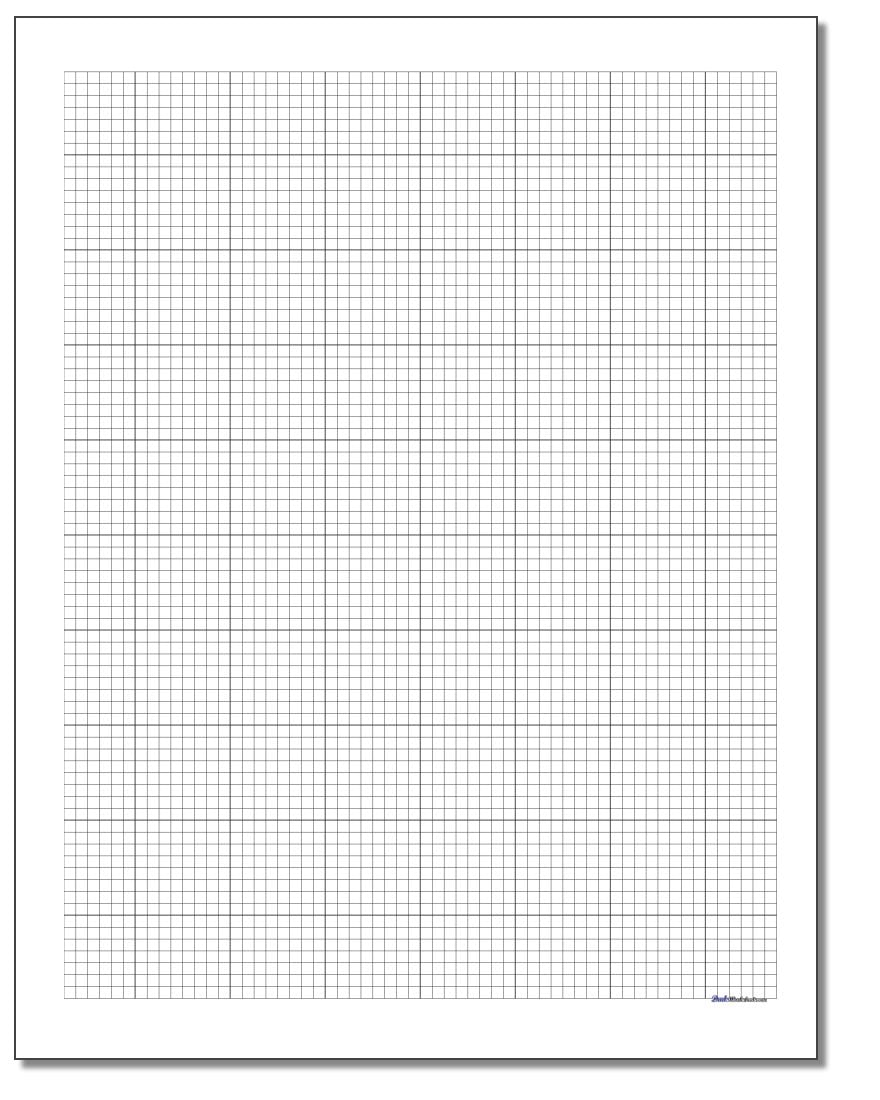

Hexagonal paper shows regular hexagons instead of squares.Millimeter paper has ten squares per centimeter and is used for technical drawings.


and Canada, some engineering professors require student homework to be completed on engineering paper. When photocopied or scanned, the grid lines typically do not show up in the resulting copy, which often gives the work a neat, uncluttered appearance. The grid lines are printed on the back side of each page and show through faintly to the front side. It may have four, five or ten squares per inch.

The first commercially published "coordinate paper" is usually attributed to a Dr. The owner has used these grids to create block pictures in black and white and in colour. The Metropolitan Museum of Art owns a pattern book dated to around 1596 in which each page bears a grid printed with a woodblock. Graph paper is available either as loose leaf paper or bound in notebooks. It is commonly found in mathematics and engineering education settings and in laboratory notebooks. The lines are often used as guides for plotting graphs of functions or experimental data and drawing curves. Graph paper, coordinate paper, grid paper, or squared paper is writing paper that is printed with fine lines making up a regular grid. Three styles of loose leaf graph paper: 10 squares per centimeter ("millimeter paper"), 5 squares per inch (“engineering paper"), 4 squares per inch (“quad paper")


 0 kommentar(er)
0 kommentar(er)
